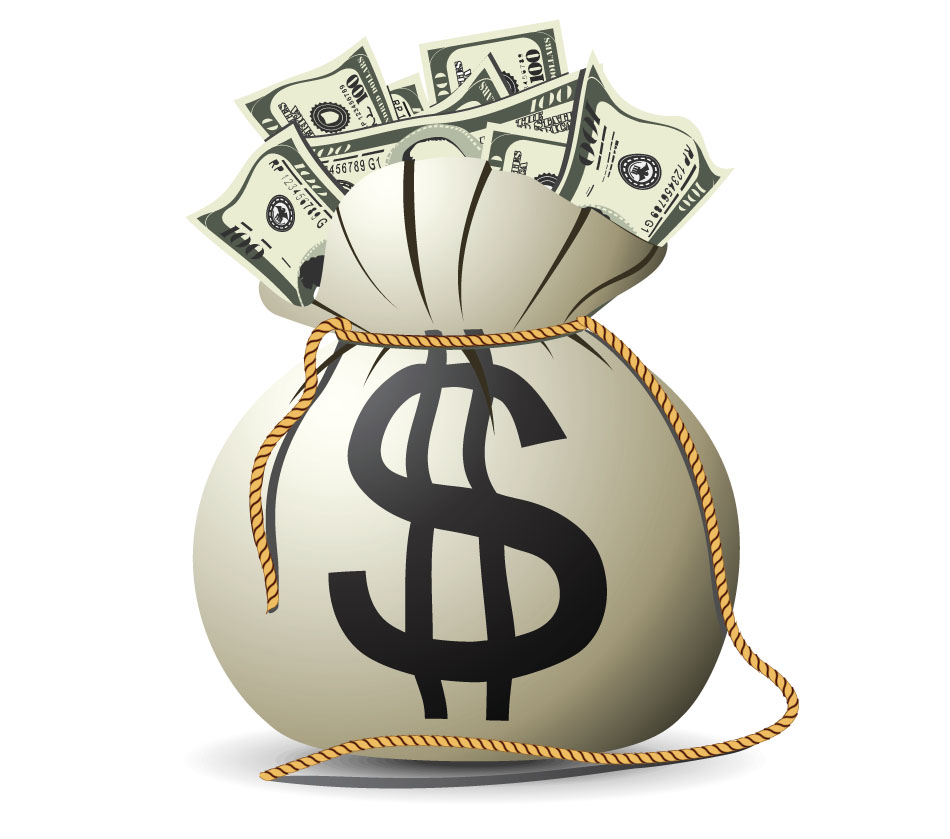
One of the most popular of all options strategies is the covered call, a trading technique that, when instituted effectively, can generate rich income streams on a regular basis.
How Does it Work?
Essentially, covered calls (also called a buy-write or covered-write strategy) have two components:
- Ownership of the underlying stock.
- Sale of call options in the equivalent amountagainst that stock.
The strategy is best implemented in a flat to slowly rising market, and the goal is quite simply to reduce the cost of the underlying shares.
As usual, a real-life example best illustrates the scheme.
The General Dynamics of the Covered Call Strategy
Below is a chart of defense contractor General Dynamics (NYSE: GD). Let’s imagine that at the beginning of the time frame in question you foresee a slow but steady rise in the stock and decide to employ a covered call strategy.

You set the trade in early January with GD trading a shade below $138 (in red). A hundred shares cost you $13,790, and you see the February 145 calls – just 5% out of the money – are changing hands for $4.05 (first green bar). You sell one call, thereby reducing your cost for the shares to $13,385.
At that point, you have two risks:
- That GD rallies strongly to $160 or $170 (or higher) before the February expiration, and you lose out on what might have been a quick, explosive profit, or
- That the shares nosedive below your $13,385 adjusted cost base, and you begin to lose overall from the position.
The latter eventuality, of course, exists whether or not you sell the call, while the former is also a possibility, however remote. If you’ve selected your stock carefully, however, you can avoid both outcomes.
What Happens Next?
A look at the chart reveals that come February’s options expiry, GD has reached only as high as 142. The call expires worthless and you keep both your stock and your premium.
So far, so good.
You therefore decide on the following trading day to reinstitute the trade by selling the April 145 calls (second green line on chart). But because GD is trading much closer to the strike, the April calls fetch a much richer $5.70. You sell them, and lower your overall cost for the shares to $12,815 ($13,385 – $570).
What’s nice about the covered call strategy is that you possess, as a stockholder, voting rights on the stock as well as dividends. And in this example, GD shareholders also collected a $0.69 per share dividend in early April, adding to the overall profitability of the trade.
Speaking of profits, in our example the April calls also expired worthless, with GD managing a high of just 137 prior to April’s deadline.
With your money in your pocket, you again decide to set the trade using the June expiry, pocketing just $3.05 for the effort, since GD is trading at a mere $134 after the April calls expire.
Your adjusted cost base for the shares is now $12,510, and that’s where it ends.
With the June expiry, GD trades above 145 (third green line), your shares are called away, and your overall profit on the trade is $1,990 (the selling price, $14,500, less the adjusted cost base of $12,510).
That’s a safe 16.5% return in five months.
And that’s dynamite.
SOURCE: http://www.wyattresearch.com/article/covered-calls/



